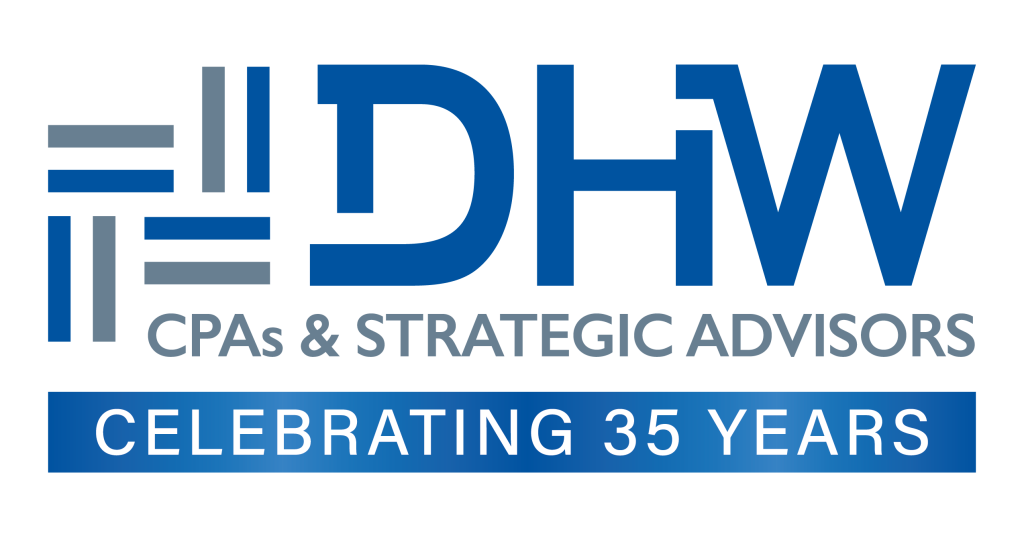As financial scrutiny increases and donor expectations evolve, nonprofit audits have become more than just a compliance checkpoint. They’re a measure of an organization’s financial maturity and credibility. Controllers, CFOs, and finance directors are no longer simply preparing for a date on the calendar; they’re building year-round readiness into the fabric of their operations.
But audit readiness isn’t just about what’s in the binder; it’s about the people, processes, and systems behind it. The most audit-ready organizations aren’t those who scramble well in Q4, but those who cultivate consistent practices and empower their teams to think like auditors all year long.
This article explores how nonprofit finance leaders can operationalize audit readiness by equipping their teams, standardizing processes, and creating a culture that supports accuracy, transparency, and resilience.
Establish a Cross-Functional Audit Readiness Team
Many nonprofit finance departments are lean, but putting the full weight of audit preparation on a single controller or CFO is risky, especially in high-compliance environments.
Building a cross-functional audit readiness team spreads ownership and strengthens institutional knowledge. Assign “audit champions” across key functions such as accounts payable, grants, contributions, and compliance. Ensure each champion understands their role in preparing schedules, maintaining documentation, and responding to auditor requests.
This distributed approach not only increases capacity but also reduces the chance of bottlenecks or knowledge silos. Over time, it also builds a stronger, more agile finance function; one that doesn’t rely on a single individual to carry the audit across the finish line.
Upskill Your Finance Team for Audit Resilience
A well-prepared team is your best line of defense against audit findings. The more your staff understands accounting standards, documentation expectations, and internal controls, the more confident and efficient your audits will become.
Key training areas include:
Technical accounting updates, including new FASB guidance and evolving treatment of contributed nonfinancial assets.
Familiarity with internal control frameworks, including COSO.
Prepared-by-client (PBC) checklist ownership and document retention best practices.
Host annual internal training sessions. Encourage staff to pursue continuing education or CPA certification. Even informal “lunch and learn” sessions around previous audit findings or common compliance pitfalls can elevate team performance.
Standardize Audit-Ready Processes Across the Organization
Audit success often hinges on consistency. Teams that follow standardized procedures for reconciliations, documentation, and approvals are far more likely to provide auditors with accurate, complete records.
Start by embedding audit-readiness practices into your monthly and quarterly close cycles. This could include:
- Pre-built closing checklists that incorporate required audit documentation.
- A centralized system for tracking and storing donor agreements and grant contracts.
- Routine file reviews to confirm the completeness of support documentation.
Standardization also creates resilience. New hires can onboard faster, cross-training becomes easier, and institutional knowledge is preserved.
Build a Technology Stack That Supports Transparency
Technology is a key driver of audit efficiency. If your team is still relying on spreadsheets, paper files, or disconnected systems, audit preparation will be slower and more error prone.
Look for tools that:
- Provide robust audit trails and easy report generation.
- Support secure document storage with tagging and search functionality.
- Automate workflows for approvals and grant tracking.
Modern accounting and grant management platforms not only improve internal processes, but they also reduce the time and cost of audits. When auditors can easily trace transactions, verify compliance, and access documents, they spend less time asking follow-up questions and more time validating your good work.
Conduct Pre-Mortem and Mock Audit Exercises
Rather than waiting to discover issues during fieldwork, many leading nonprofits now perform “pre-mortems”, or structured exercises to uncover vulnerabilities in advance.
Schedule a mock audit in Q3 or early Q4, focusing on areas with prior issues or complexity, such as:
- Restricted contributions and net asset classification
- In-kind donations
- SEFA preparation for Single Audits
Use these exercises to test documentation, identify missing files, and ensure staff are confident in their audit responsibilities. You’ll reduce findings, boost team confidence, and create opportunities for proactive improvements.
Foster a Culture of Accountability, Not Just Compliance
Audit readiness isn’t just a process; it’s a mindset. Finance teams that take pride in transparency, accuracy, and accountability tend to deliver smoother audits and fewer findings.
Encourage your team to see audit preparation as part of your mission, not just an administrative task. Celebrate clean audits.
Acknowledge the work that goes into timely reconciliations, accurate coding, and thorough documentation.
And when findings do occur, approach them as learning opportunities. A culture that supports constructive feedback and ongoing improvement will evolve faster and foster greater trust across the organization.
Track KPIs That Reflect Audit Readiness
If you want to improve audit readiness over time, you need to measure it. Consider tracking metrics such as:
- Time required to complete PBC requests
- Number of internal reconciliations completed on time
- Frequency of control testing or policy reviews
- Training hours dedicated to audit prep and compliance
- Year-over-year audit findings and remediation progress
These KPIs not only help you assess your readiness, but they also show the board and executive team that audit preparation is being taken seriously and strategically.
Conclusion: Strengthening Your Team Strengthens Your Mission
For nonprofit leaders, audit readiness is no longer optional; it’s a marker of financial health, leadership maturity, and stakeholder trust. But the path to readiness doesn’t start with a checklist. It starts with your team.
By empowering staff, streamlining processes, and embracing technology, you can transform audit prep from a once-a-year fire drill into a natural part of your operating rhythm. More importantly, you’ll build a finance function that’s resilient, trusted, and aligned with your mission.

